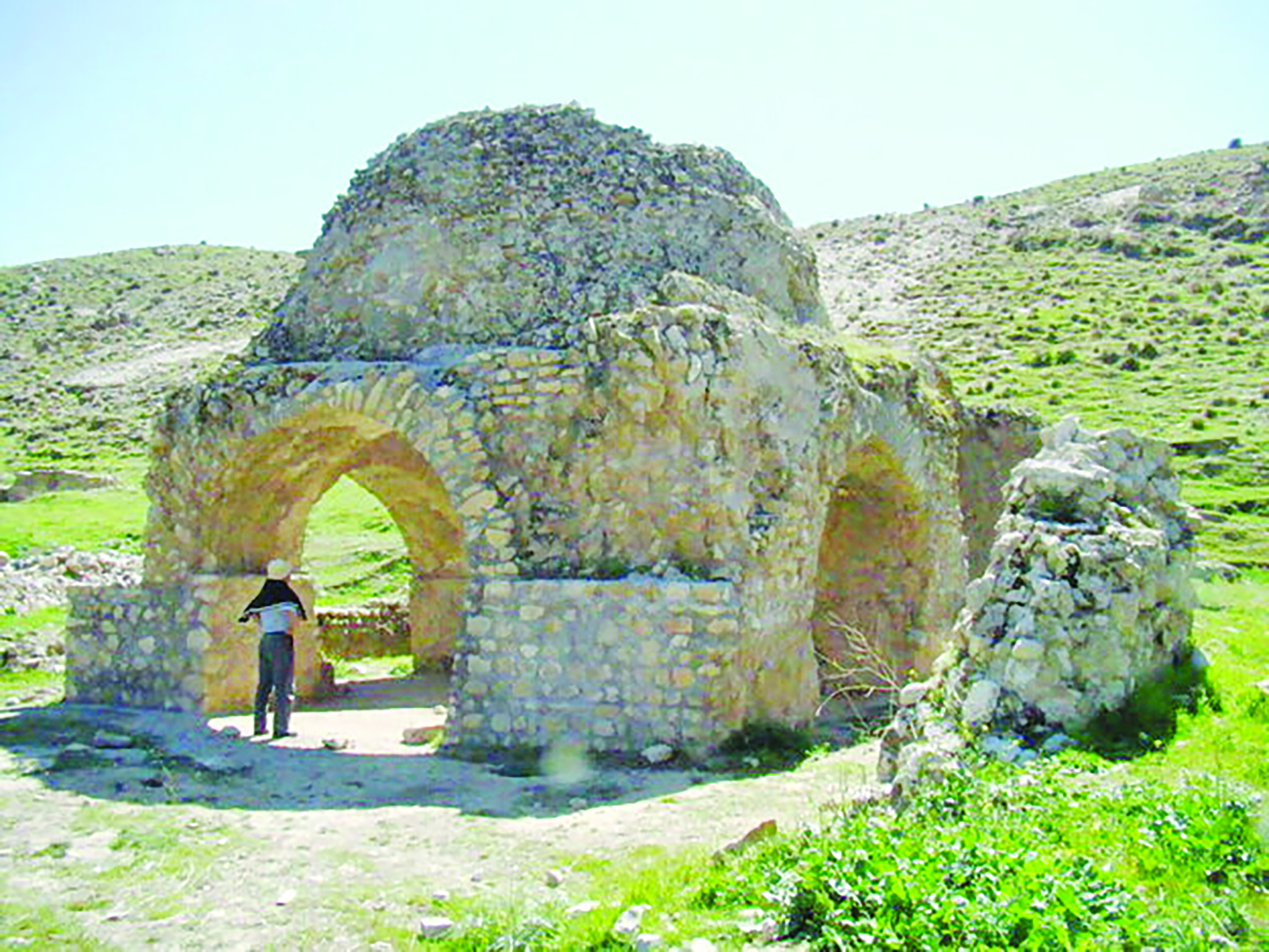The restoration work to restore the Atashkadeh Siah Gol, a Sassanid era (224–651) fire temple in Western Iran, has commenced. Located in Eyvan county, of Ilam province, the property is registered on the national list for cultural heritage.
One of the most well-preserved fire temples constructed during the Sassanid era, the Siah Gol Atashkadeh, which is made of stone and special traditional mortar, is surmounted by a single shell dome and stands on four main pillars. Technically, the monument is in the form of ‘Chahar-Taq’ – an ancient square-shaped brick room, with a domed roof. Planning consent was approved earlier this year for the work with a government budget of 2 billion rials (USD 4,000/-).
As per UNESCO, the architecture of the Sassanid monuments in the property further illustrates early examples of construction of domes with squinches on square spaces, such as in the Chahar-Taq (Chahartaq) buildings, where the four sides of the square room show arched openings: this architectural form turned into the most typical form of Sassanid religious architecture, relating closely to the expansion and stabilization of Zoroastrianism, under Sassanid reign and continuing during the Islamic era, thanks to its usage in religious and holy buildings such as mosques and tombs.
The Sassanid era is extremely crucial to the history of Iran. Under Sassanids, Persian architecture and arts experienced a general renaissance. Architecture often took grandiose proportions, such as palaces at Ctesiphon, Firuzabad and Sarvestan, which are amongst the highlights of the ensemble. Apart from architecture, crafts such as metalwork and gem engraving grew highly sophisticated, yet scholarship was encouraged by the state. In those years, works from both the East and West were translated into Pahlavi, the language of the Sassanians. After the Islamic invasion, Iran’s fire temples were either demolished or replaced by mosques.
- જેજે હોસ્પિટલના પારસી વોર્ડમાં નવરોઝની ઉજવણી - 5 April2025
- ઝોરોસ્ટ્રિયન વિમેન્સ એસોસિએશન ઓફ સુરત દ્વારા પાણી બચાવો પર્ફોર્મન્સ - 5 April2025
- આવાં યઝદના પરબની ઉજવણી - 5 April2025
